Graylings
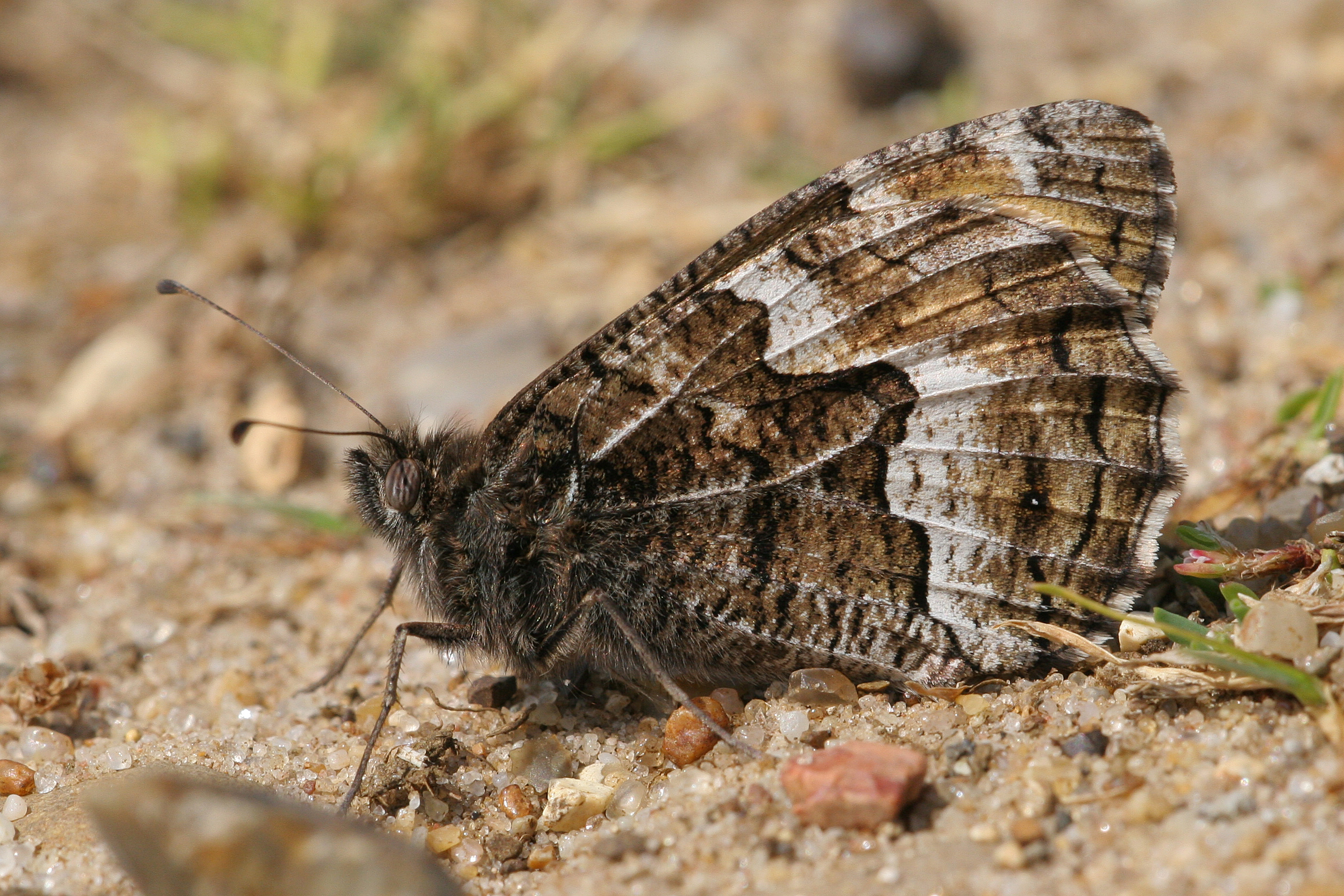

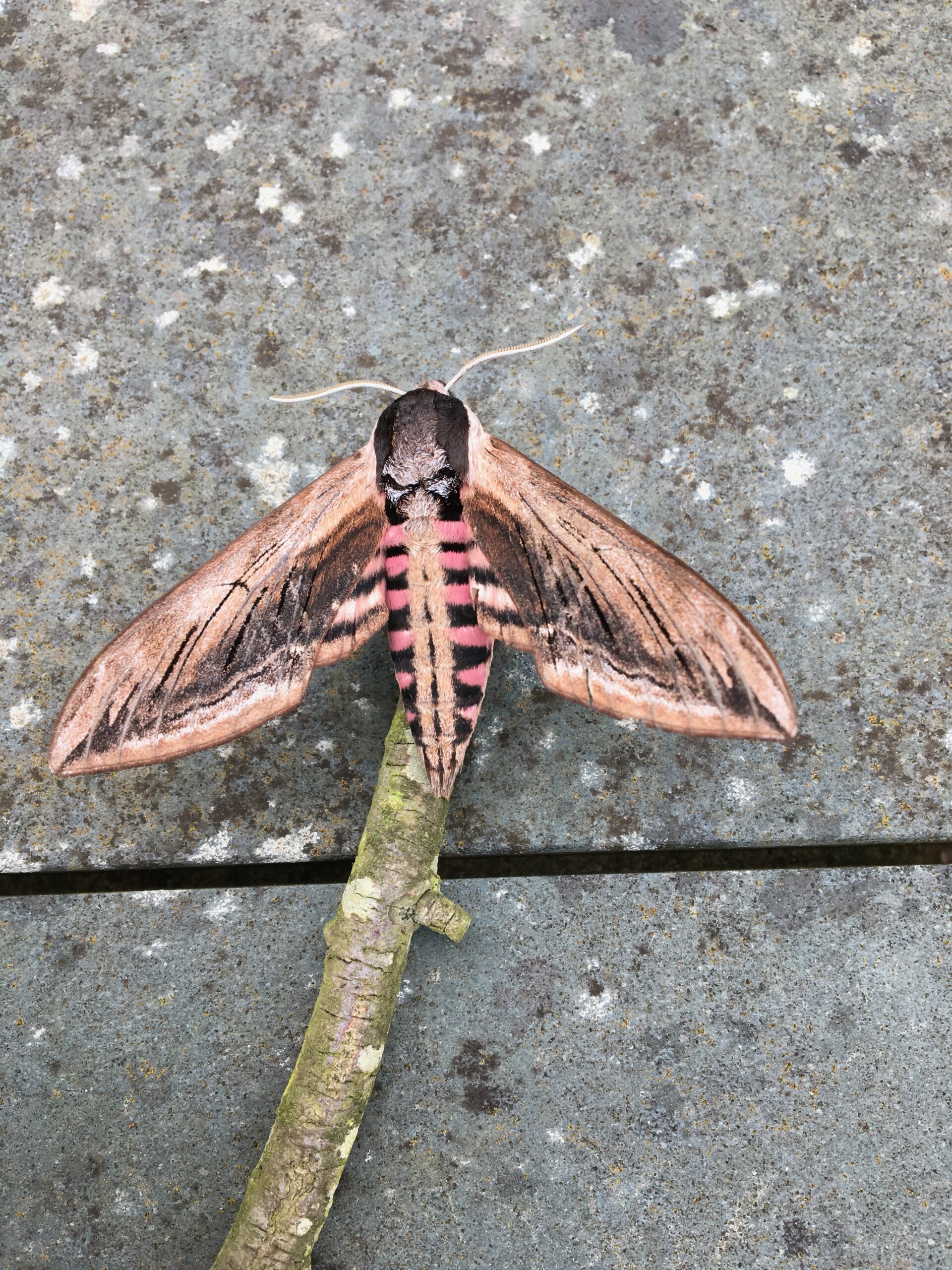
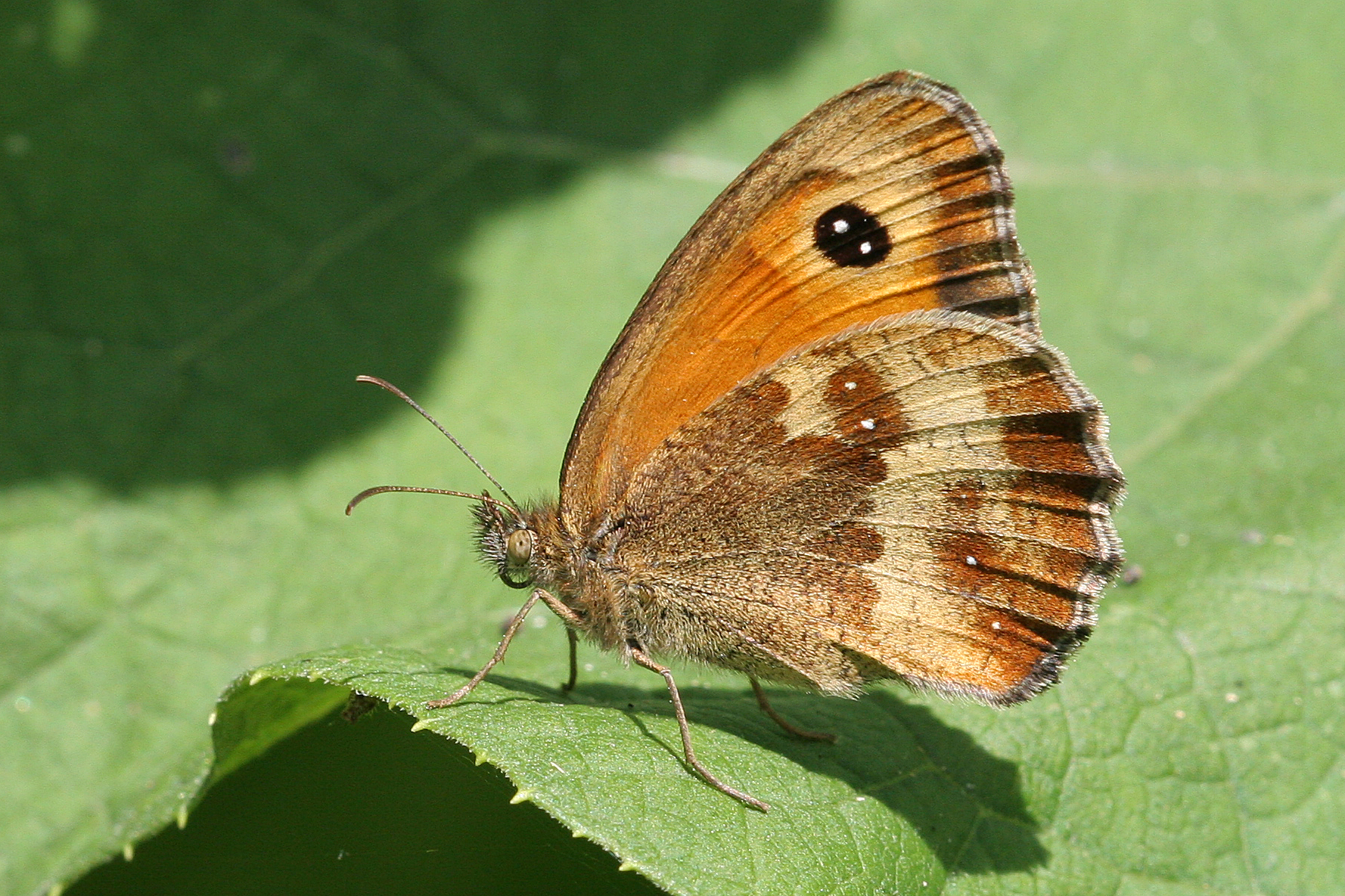
The film-producer Sam Goldwyn (a Polish Jew, born Szmuel Gelbfisz) was famous for his inventive use of the English language in pronouncements like ‘a verbal contract isn’t worth the paper it’s written on’ and ‘I’ll give you a definite maybe’. One quote that stuck in my mind today was Goldwyn’s formula for a good story, ‘Let’s start with an earthquake and build up to a climax’. My day did indeed start with an event high up on the Richter scale of excitement for a naturalist, a shark at Shingle St. No, not Jaws – no need to clear the beaches – but a moth of the same name, so-called from its sleek grey profile. It’s a rare species though it once gained a certain notoriety from its appearance on a pub sign in Harlow when the New Town was founded in 1948 to accommodate London overspill. The enlightened council of the time decided to name all the new pubs after moths and butterflies, so along with The Shark you got the whimsy of a Willow Beauty by the cricket ground and, for the more committed customers in town, The Drinker Moth (geddit?).
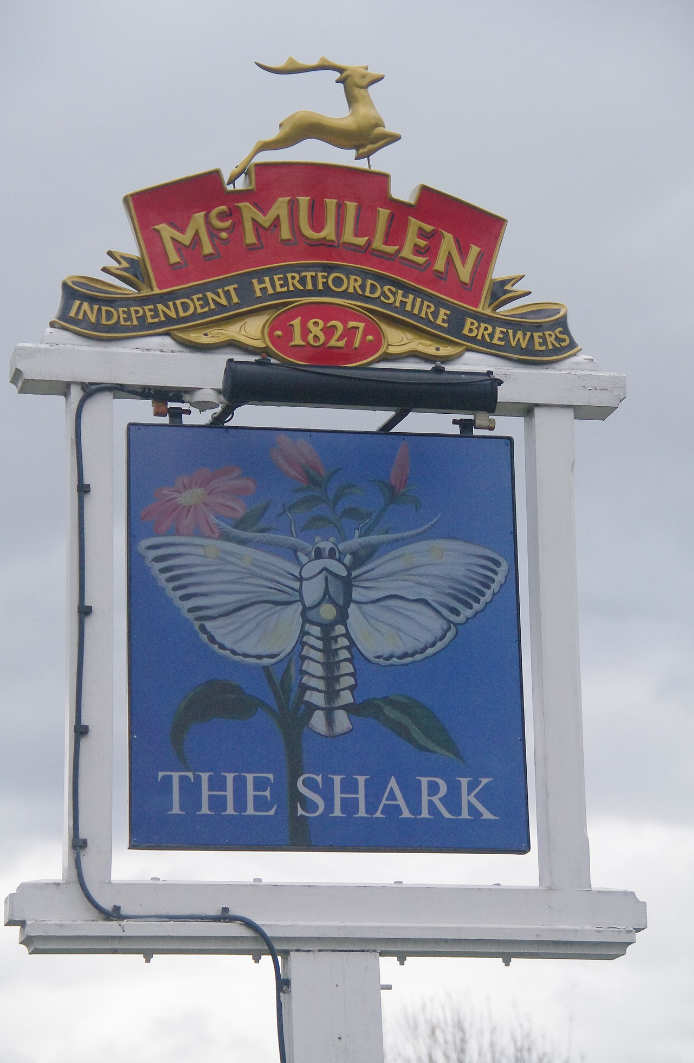
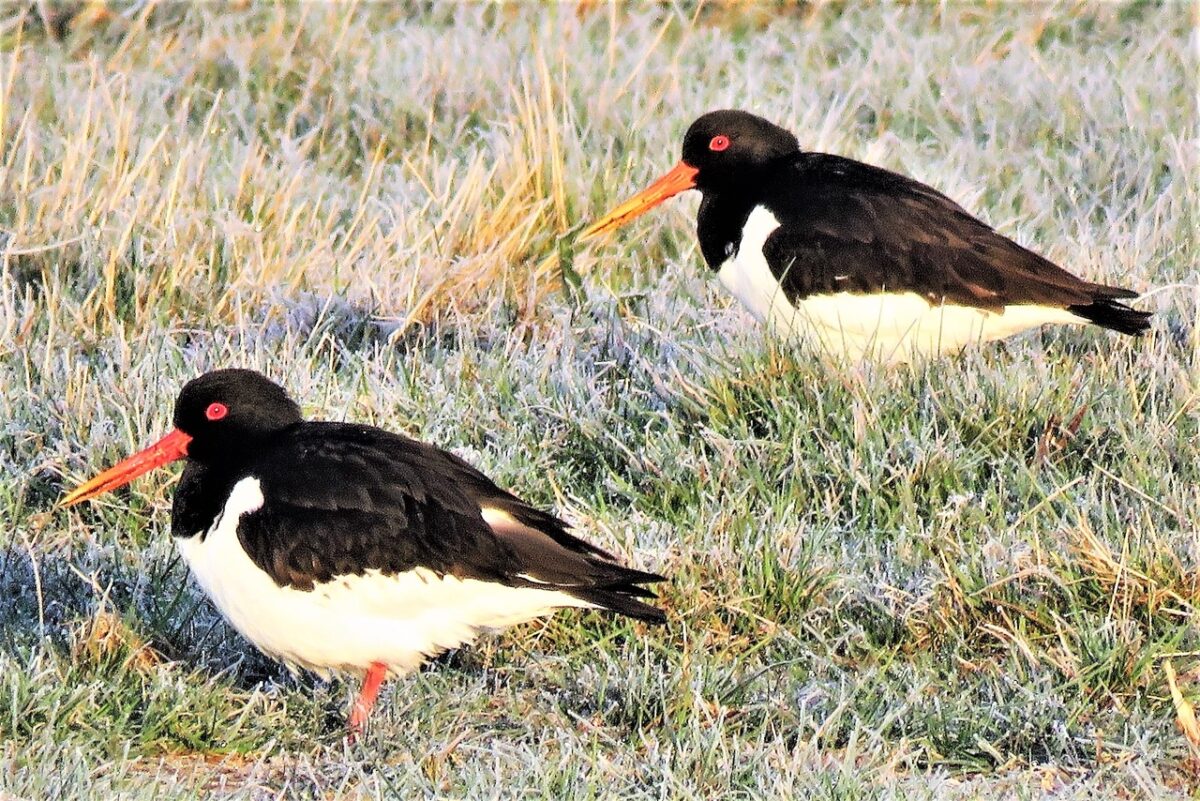
Anyway, my day ended with another thrill, involving a much commoner species of wildlife. Oystercatchers are one of the most easily recognisable wading birds on our coast, sporting that boldly pied plumage and striking orange-red bills. I’ve been tracking the progress of a pair of them who bravely attempted breeding on one of the pools just to the south of Shingle Street. They nested on an exposed little islet where they were very vulnerable to threats from dogs, foxes and predatory corvids and gulls. I often sat on the sea-wall opposite watching over them like some proxy-grandparent, admiring the tremendous vigilance and courage of the two adults who would drive off crows by flying up like fighter-jets to intercept them and see them off with piping cries as shrill as smoke alarms. After about three weeks they did to my relief eventually hatch four eggs. The young birds were immediately very mobile, but I knew it would be another thirty days before they acquired the flight feathers that would lift them to safety when necessary. The four youngsters were soon reduced to three and I feared the worst when I couldn’t see any of them today. But then I found them again – a quarter of a mile further on – and I realised they’d earned their wings and made their first solo flights. Even if the earth didn’t move for me in quite the way Goldwyn hoped, I punched the air and enjoyed a strong shot of adrenaline.
Jeremy Mynott
3 July 2023
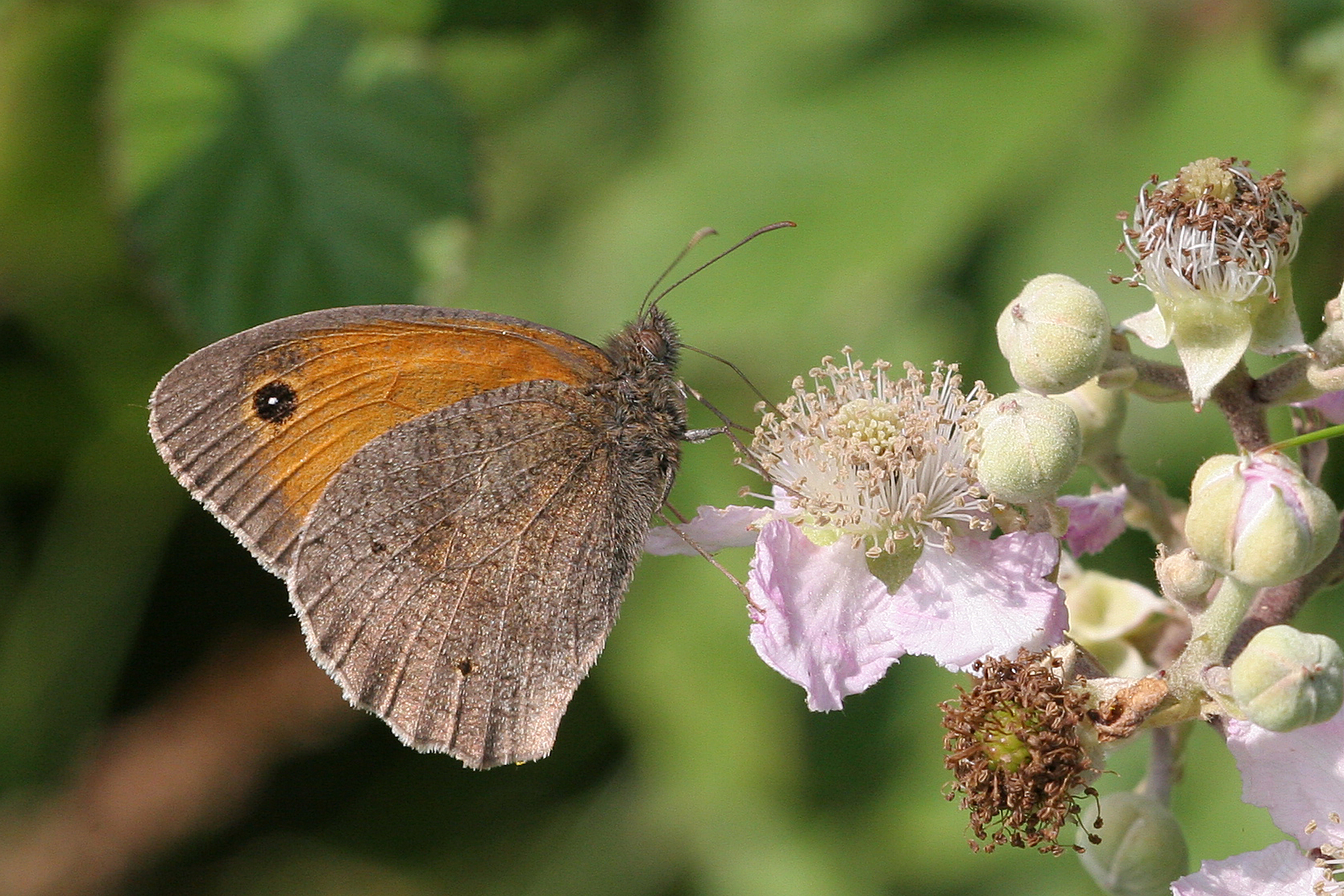
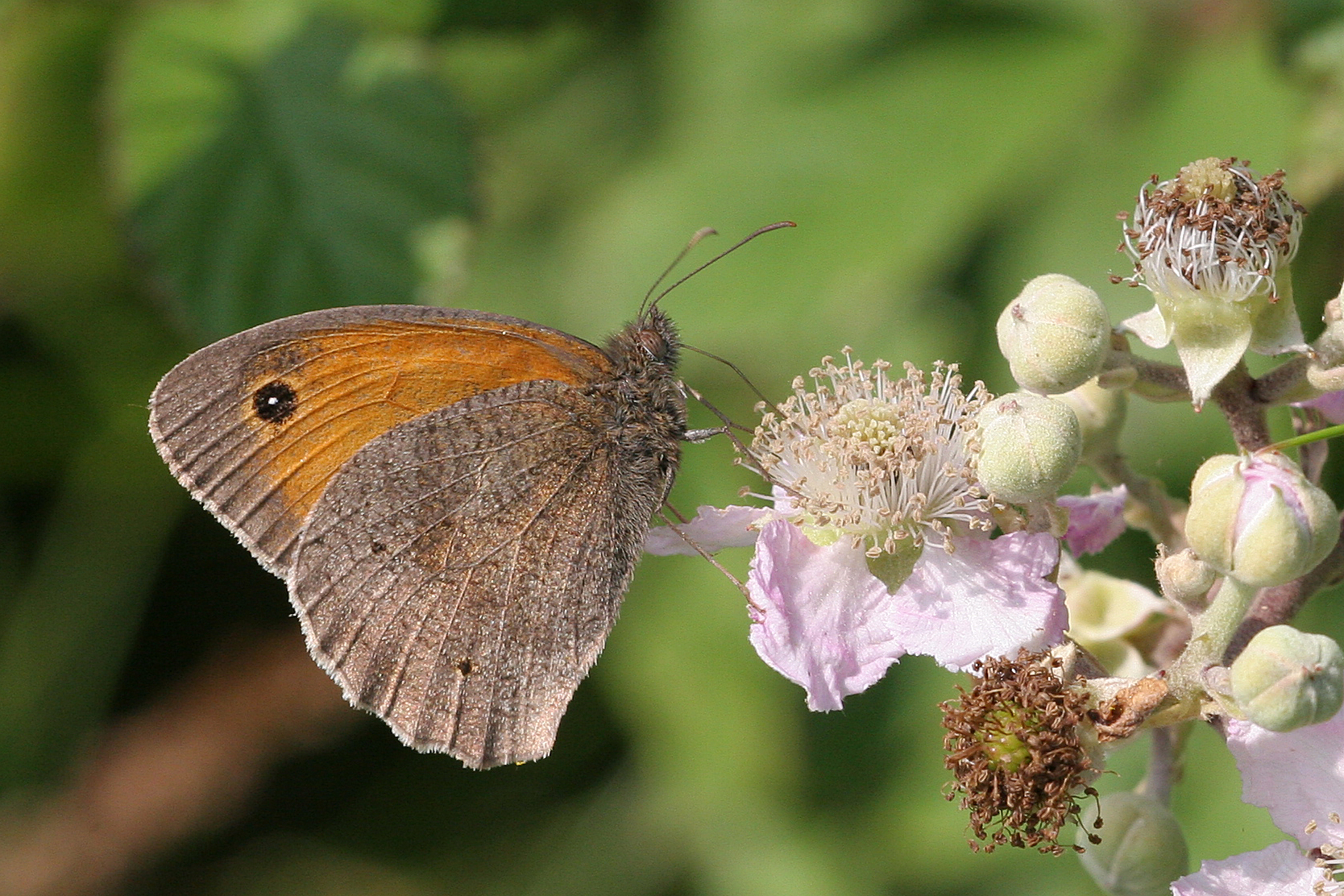
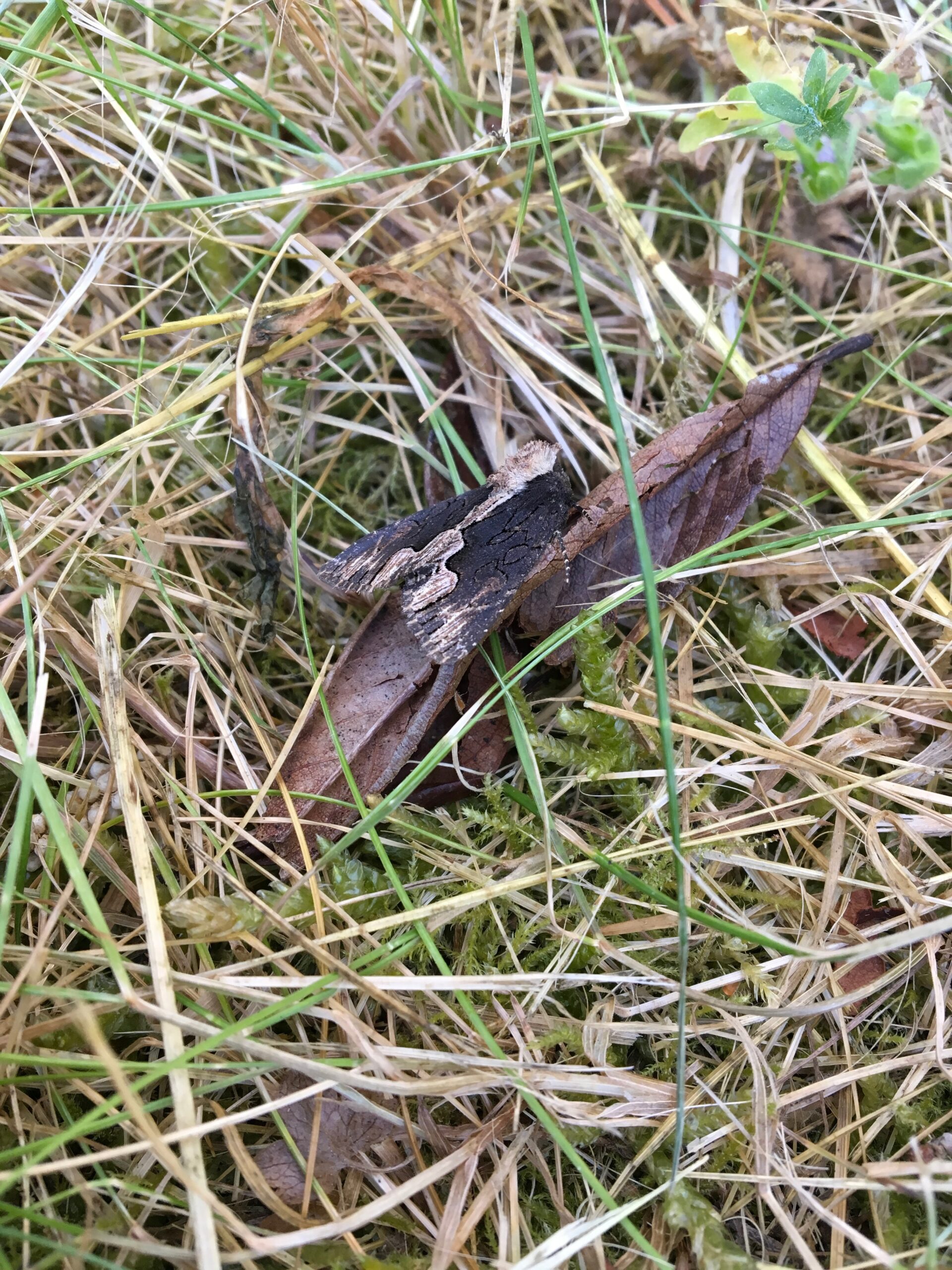
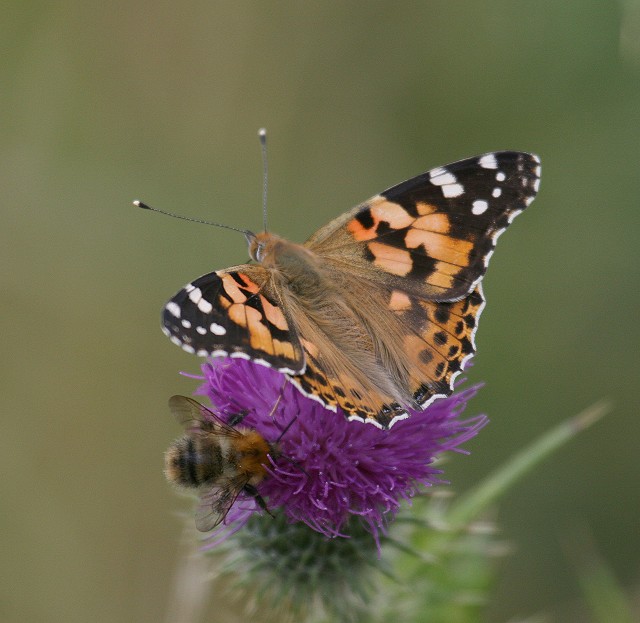
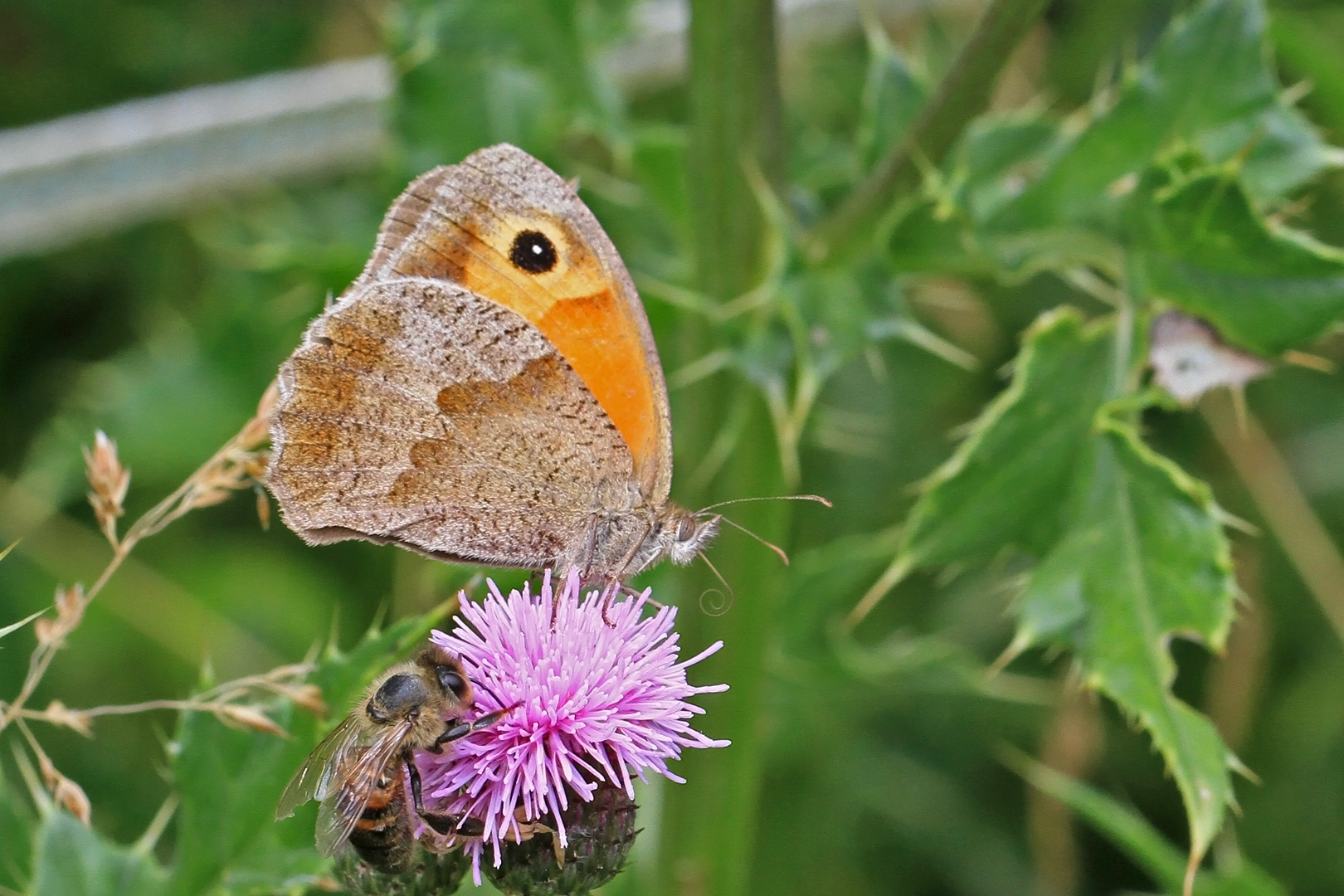
Is it a bird, is it a butterfly, is it a drone? What on earth is this exotic creature visiting your garden on a hot summer’s day? It buzzes like a bee, zigzags rapidly from plant to plant, helicopters away and then zooms back again, hovers over flowers like a humming-bird … Ah, there’s the clue – it’s a humming-bird hawkmoth. This super-moth defies all our preconceptions about moths. It is active by day. It can fly fast, with a top speed of 12mph. It migrates here from Europe, just as our summering birds do. It has a proboscis (tongue) an inch long, which it inserts deep into flowers to sample their nectar. And to do this with the necessary surgical accuracy it has to hover, immobile, in front of each bloom by beating its wings at an unimaginable 80 times a second. You then also see its showy colours, with the orange flash on the whirring hindwings transformed into a glowing blur. No wonder the novelist Virginia Woolf described this summer sprite as a creature of ‘tremulous ecstasy’.
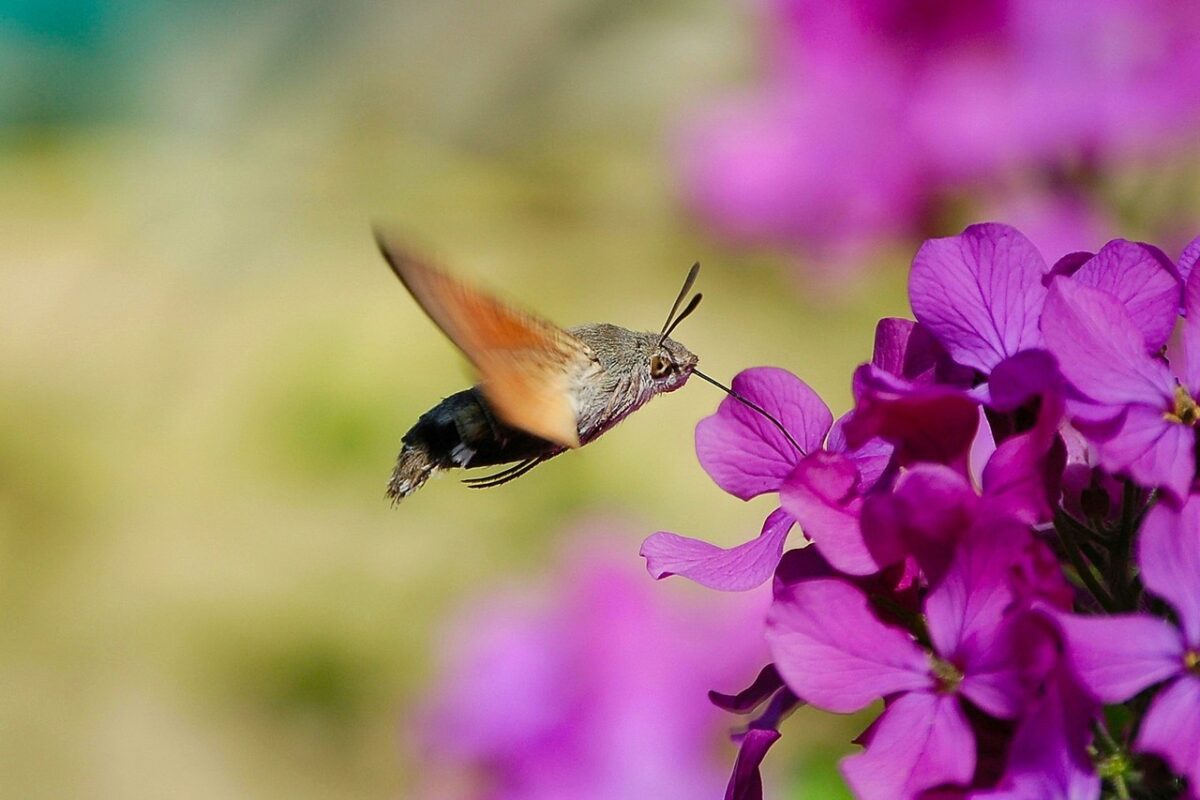
The whole hawkmoth family is very striking. Their caterpillars were thought to resemble the ancient Egyptian sphinx, hence their scientific name Sphingidae. Among these, the hummer, as it affectionately known amongst naturalists, is one of the few moths familiar and recognisable enough to have garnered traditional folk names. Their old country nickname in English was ‘merrylee-dance-a-pole’, while the French called it variously fleuze-bouquet (flower-sniffer’), saint-esprit (‘holy spirit’) and bonne nouvelle (‘good news’). Hummers have in fact long been thought a good luck omen and there is a story one would like to believe that on D-Day, 6 June 1944, a small party of them was seen flying over the Channel from France heading for England. In recent years they have been getting commoner and it is believed that a few of them now overwinter here, to emerge from hibernation in the spring. A very welcome addition to our native wildlife, if so.
The favourite food plant of their caterpillars is lady’s bedstraw, while the adult moths are especially drawn to flowers like lavender, verbena and above all red valerian – all common here. When they find a flower-bed they particularly like they exhibit another remarkable ability known as ‘trap-lining’, after the practice of trappers visiting their line of traps at regular intervals and in a fixed sequence. The hummers return to exactly the same patch of flowers at the same time each day, demonstrating an excellent visual memory for particular colours, routes and locations. Check it out yourself. You may have heard of song-lines and ley-lines – let’s plot our local hum-lines.
Jeremy Mynott
4 May 2023